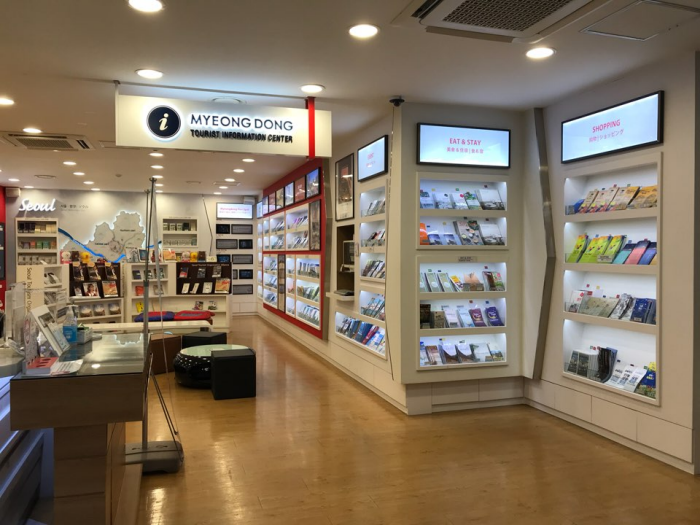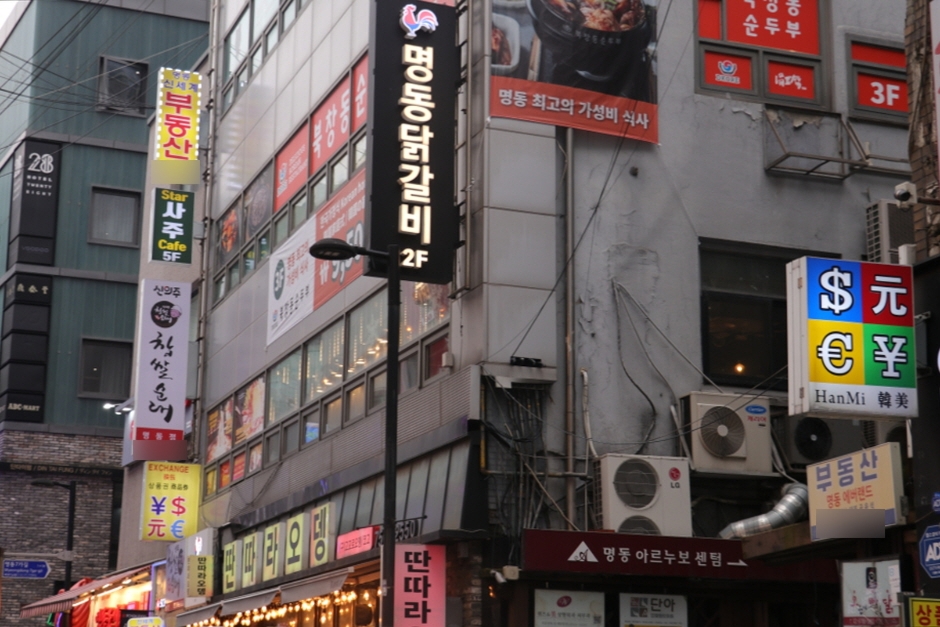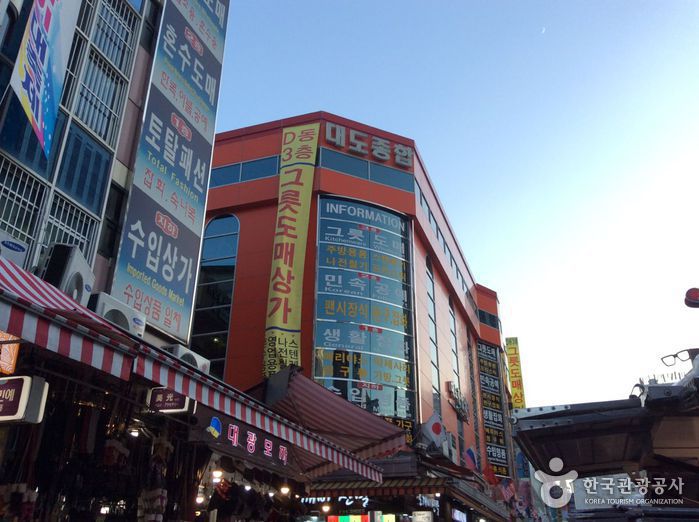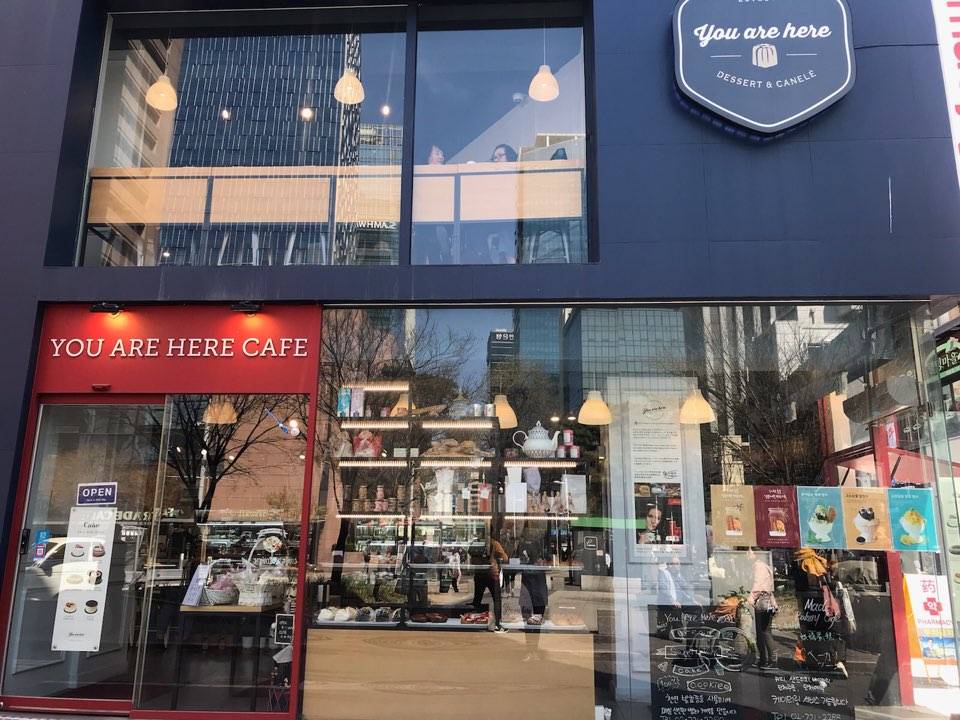Myeong-dong Tourist Information Center (명동관광정보센터)
9.8Km 2023-01-03
66, Eulji-ro, Jung-gu, Seoul
+82-2-778-0333
Myeong-dong Tourist Information Center provides information on traveling, shopping, attractions, and more in Seoul. Service is provided in Korean, English, Japanese, and Chinese. The center also offers experience programs like using Hangeul stamps.
Seoul Hyochang Park (서울 효창공원)
9.8Km 2024-07-09
177-18 Hyochangwon-ro, Yongsan-gu, Seoul
+82-2-2199-7608
Hyochang Park covers 122,245 square meters spanning across Hyochang-dong and Cheongpa 2-dong. It is a historic landmark that once contained several royal tombs, and was known at that time as Hyochangwon. The cemeteries that were originally located in Hyochangwon belonged to Crown Prince Munhyo, King Jeongjo’s first son who died at the age of five; Royal Noble Consort Uibin of the Seong Clan, King Jeongjo’s royal concubine and Crown Prince Munhyo’s mother; Royal Noble Consort Sugui of the Park Clan, King Sunjo’s royal concubine; and her daughter Princess Yeongon. The royal tombs were moved to Seooreung Tombs in the waning months of the Japanese colonial period. The Japanese empire began the development of Hyochangwon into a park in 1924, and the Japanese governor-general officially assigned the site as a park in 1940.
Presently, several of Korea’s greatest leaders are buried in Hyochang Park. The remains mostly belong to independence activists including Yoon Bong-gil, Lee Bong-chang, and Baek Jeong-gi, whose graves are collectively known as Samuisa Tomb. A statue of Lee Bong-chang has been built in the graveyard. Among the other patriotic martyrs who are interred in the park are Kim Gu and some of the key figures of the provisional government such as Lee Dong-nyeong, Cha I-seok, and Cho Seong-hwan. An ancestral shrine named Uiyeolsa has been built along the main gate and holds the portraits of the deceased independence activists.
Eun&Jeong Myeongdong Dakgalbi (은앤정명동닭갈비)
9.9Km 2024-03-11
2FL, 19, Myeongdong 7-gil, Jung-gu, Seoul
+82-2-778-1988
Situated on Myeongdong Street, Eun&Jeong Myeongdong Dakgalbi specializes in dakgalbi (spicy stir-fried chicken). They have a variety of menu options such as spicy stir-fried chicken and cheese and stir-fried chicken with garlic and soy sauce, so patrons can choose according to their preferences. In addition, rice cakes, sweet potatoes, noodles, and fried rice can be cooked together for a richer experience. In addition, customers have the option to other delectable dishes including budae jjigae (sausage jjigae), makguksu (buckwheat noodles), and samgye tang (ginseng chicken soup).
Kim's Optical [Tax Refund Shop] (김안경)
9.9Km 2024-06-27
1F, D-10, 9, Namdaemunsijang 4-gil, Jung-gu, Seoul
-
India Art [Tax Refund Shop] (인도예술)
9.9Km 2024-06-26
1F, D-61, 9, Namdaemunsijang 4-gil, Jung-gu, Seoul
-
Taesan Total Kitchen [Tax Refund Shop] (태산종합주방)
9.9Km 2024-06-27
3F, D-35, 9, Namdaemunsijang 4-gil, Jung-gu, Seoul
-
Daedo Market (대도 종합상가)
9.9Km 2020-04-21
9, Namdaemunsijang 4-gil, Jung-gu, Seoul
+82-2-752-2689
Daedo Market sells various imported goods, household goods, men's accessories, interior design items, and decorative items. It is one of the largest places in Namdaemun Market to shop for interior design items. Each shop boasts a diverse selection of unique items, even an window shopping alone can be extremely fun at Daedo Market.
You are here Cafe - Myeongdong Branch(유아히어카페 명동)
9.9Km 2021-04-15
23, Myeongdong, 9-gil, Jung-gu, Seoul
+82-2-771-2288
This is a cafe located in Myeong-dong, Seoul. The representative menu is croissant. A luncheon café that has endeared itself to office workers and foreigners.
Bank of Korea Money Museum (화폐박물관)
9.9Km 2024-03-18
39 Namdaemun-ro, Jung-gu, Seoul
This Renaissance-style three-story stone building is the museum of the Bank of Korea. The older Bank of Korea was established as the central bank of the Korean Empire in 1909 and has been designated as a National Historical Site. During the Japanese colonial period, the bank was renamed the Bank of Joseon, and the building was used as the main and head office of the Bank of Korea until 2001. The building has been used as the nation’s Money Museum since June 2001 in celebration of the 50th anniversary of the Bank of Korea. The museum has 13 exhibition rooms on two floors, with one basement floor and two above-ground floors. It holds special exhibitions of various currency and art collections to provide domestic and foreign visitors with the opportunity to enjoy the history and culture of currency. Visitors can learn about the Bank of Korea and the central banking system, as well as how to identify counterfeit notes and how money is produced and circulated. It is also a good place for children to learn about currencies from around the world. Advance reservations are required, and parking is not available. The museum can easily be reached via subway by getting off at Hoehyeon Station (Seoul Subway Line 4) and exiting through Exit 7.



![Kim's Optical [Tax Refund Shop] (김안경)](http://tong.visitkorea.or.kr/cms/resource/44/3313944_image2_1.jpg)


 English
English
 한국어
한국어 日本語
日本語 中文(简体)
中文(简体) Deutsch
Deutsch Français
Français Español
Español Русский
Русский